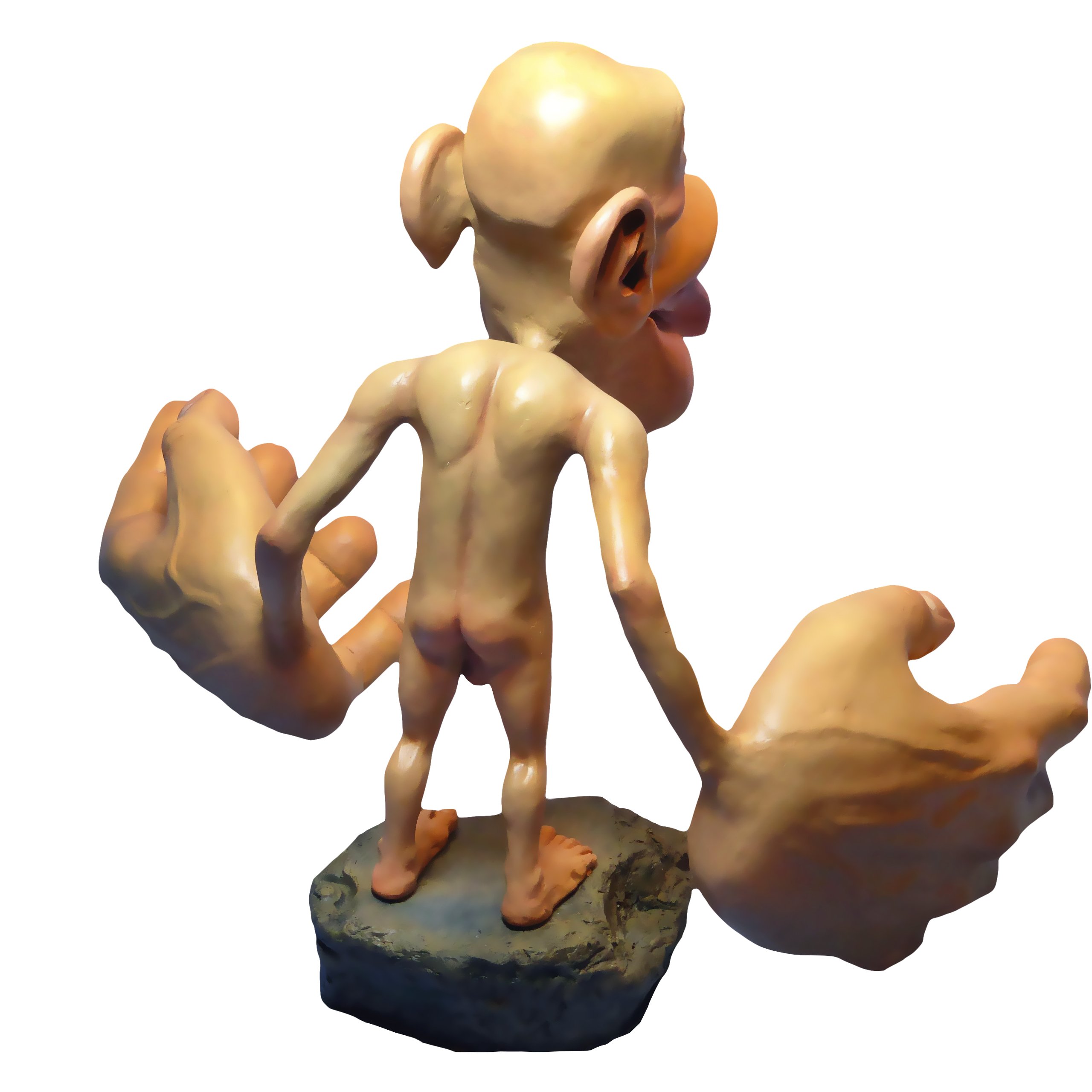Homunculus
A 3D homunculus is a visual representation of the human body that illustrates the relative amount of sensory or motor neural processing devoted to different body parts. It is a distorted figure, with exaggerated or shrunken body parts, based on the degree of sensitivity or motor control associated with each area. This concept is derived from the study of the somatosensory and motor cortexes in the brain, which are responsible for processing sensory information and controlling voluntary movements, respectively.
The most striking feature of a 3D homunculus is the disproportionate size of certain body parts, such as the hands, lips, and face, which appear significantly larger than other areas. These distortions reflect the density of nerve endings and the level of cortical representation devoted to specific regions of the body. For example, the hands are highly sensitive and require precise motor control, so they are represented with a much larger cortical area than the relatively less sensitive torso. Similarly, the face, particularly the lips and tongue, are crucial for speech and taste, which explains their exaggerated size in the homunculus representation.
Read the article here.
